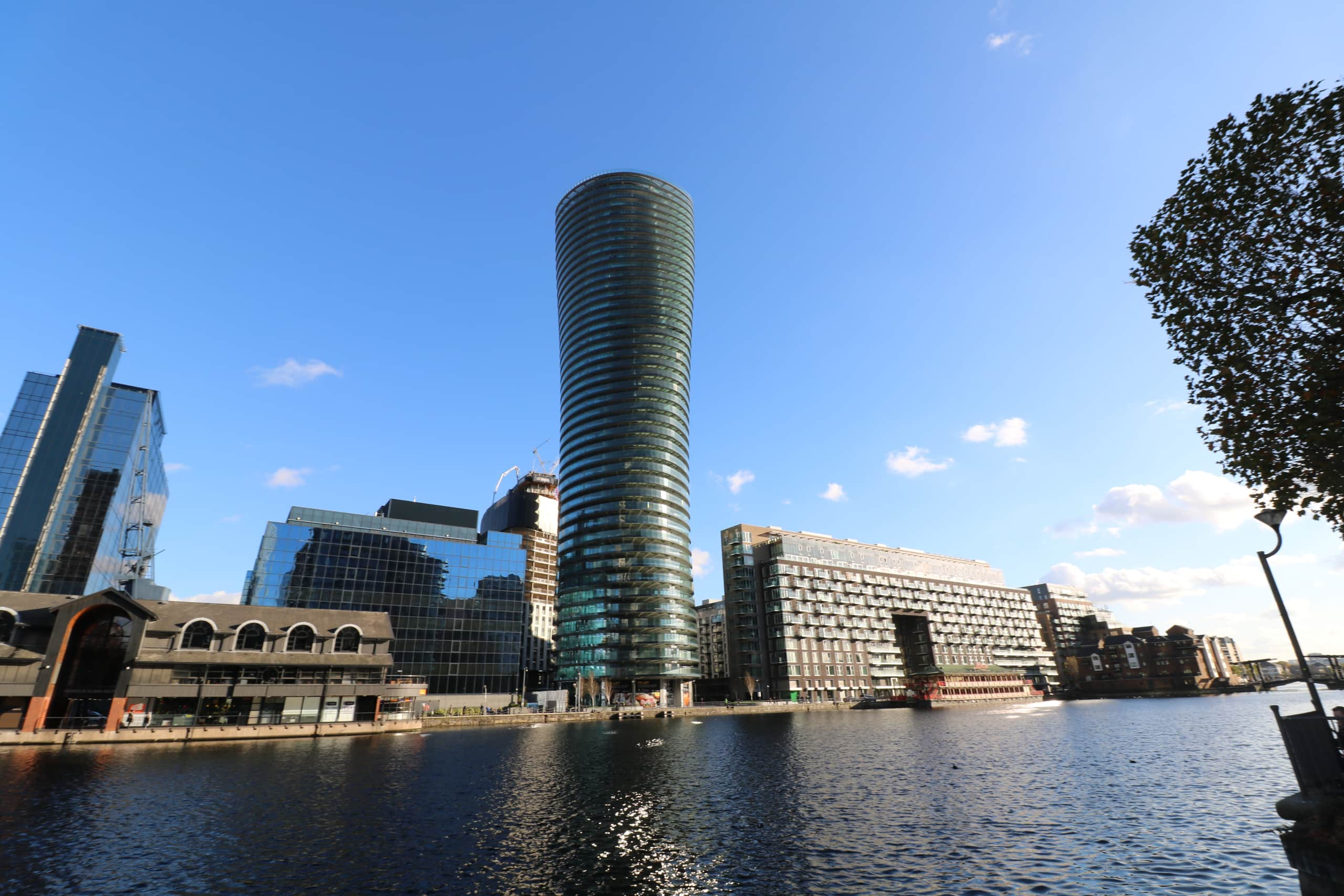Understanding Modern Methods of Construction (MMC)
Modern Methods of Construction (MMC) is a fairly modern term. It was first used in 1926 and applies to a wide range of different construction techniques, products and methodologies.
Well before the term was coined, however, the concept was already in use. The Forbidden City in Bejing was built between 1406 and 1420 using prefabricated structural timber frames. Refined over centuries of use, the components took more than 3 years to manufacture before assembly commenced.
MMC really took off in the UK after World War II when there was a significant push to adopt construction industrialisation after the destruction of almost a million homes and the general housing shortage.
Over 160 publications have been produced to date proving the case for MMC, including the Modernise or Die report by Mark Farmer, which is widely quoted on about the lack of improvement in productivity of the construction industry.
Creating a common language through Modern Methods of Construction
The MMC Definition Framework was designed to create a common language in the construction industry so that everyone can use it within the seven categories laid out. It includes the term Premanufactured Value (PMV) and considers how much PMV has taken place in a project.
There are seven categories in the framework, which are:
- Category 1 – Pre-Manufacturing – 3D primary structural systems
- Category 2 – Pre-Manufacturing – 2D primary structural systems
- Category 3 – Pre-Manufacturing – Non-systemised structural components
- Category 4 – Pre-Manufacturing – Additive Manufacturing
- Category 5 – Pre-Manufacturing – Non-structural assemblies and sub-assemblies
- Category 6 – Traditional building product led site labour reduction/productivity improvements
- Category 7 – Site process led labour reduction/productivity improvements.
As good at the framework is, however, it does have its pitfalls. The first is that it is heavily focussed on residential construction. The second is the materials it doesn’t reference which could potentially be used to great effect.
MMC in practice
The key to the success of MMC as a concept is matching the right product to the right project. It is often misunderstood, particularly when it comes to the concept of modular construction, which is often seen as a rectangle box, nothing more. But MMC has the potential to cover all aspects of a build. Architects should see MMC as an aid rather than something that will inhibit creativity.
An example of this is the CitizenM Hotel at the Tower of London. It replaced a structure that was six storeys high with a nine storey structure using a volumetric modular system. The additional three storeys increased the revenue potential by 50%. Using the modules on that build did not inhibit the creativity of the architects.
Indeed, premanufacturing need not be about rectangular boxes. The gasholders in Kings Cross is a case in point where curved services modules were created to fit inside the round Victorian cast iron Gasholders. Utility boxes were also premanufactured and slotted into place.
How Modern Methods enhance construction
The big advantage of MMC is that the assembly process requires far less labour compared to traditional construction methods. When effective input is adopted at an early stage, the whole process is simplified. It also enables architects to spend more time on the aesthetics of a building when using standard products.
Using MMC, manufacture is repetitive and done in exactly the same way, lending itself to better quality products with fewer mistakes. There are elements of a building that can be standardised and reused and the whole principle can apply from full 3D modular to the small components of a build, opening up a wide range of products for use.
MMC has been a great advantage in resolving issues around COVID-19 – social distancing in particular. Manufacturing offsite for quick and easy assembly onsite means less people and facilities are needed on a construction site.
There are different approaches to MMC, including modules, assemblies and components are mostly, but not always, manufactured offsite, which means that onsite construction becomes assembling rather than building. The savings in time, rework, space and money are significant, however you incorporate it in your design.
This article is based on an interview with Ken Davies, Director at Krozen Design and Consultancy Ltd at a Resibuild event, MMC: The Thrust Behind Construction.
